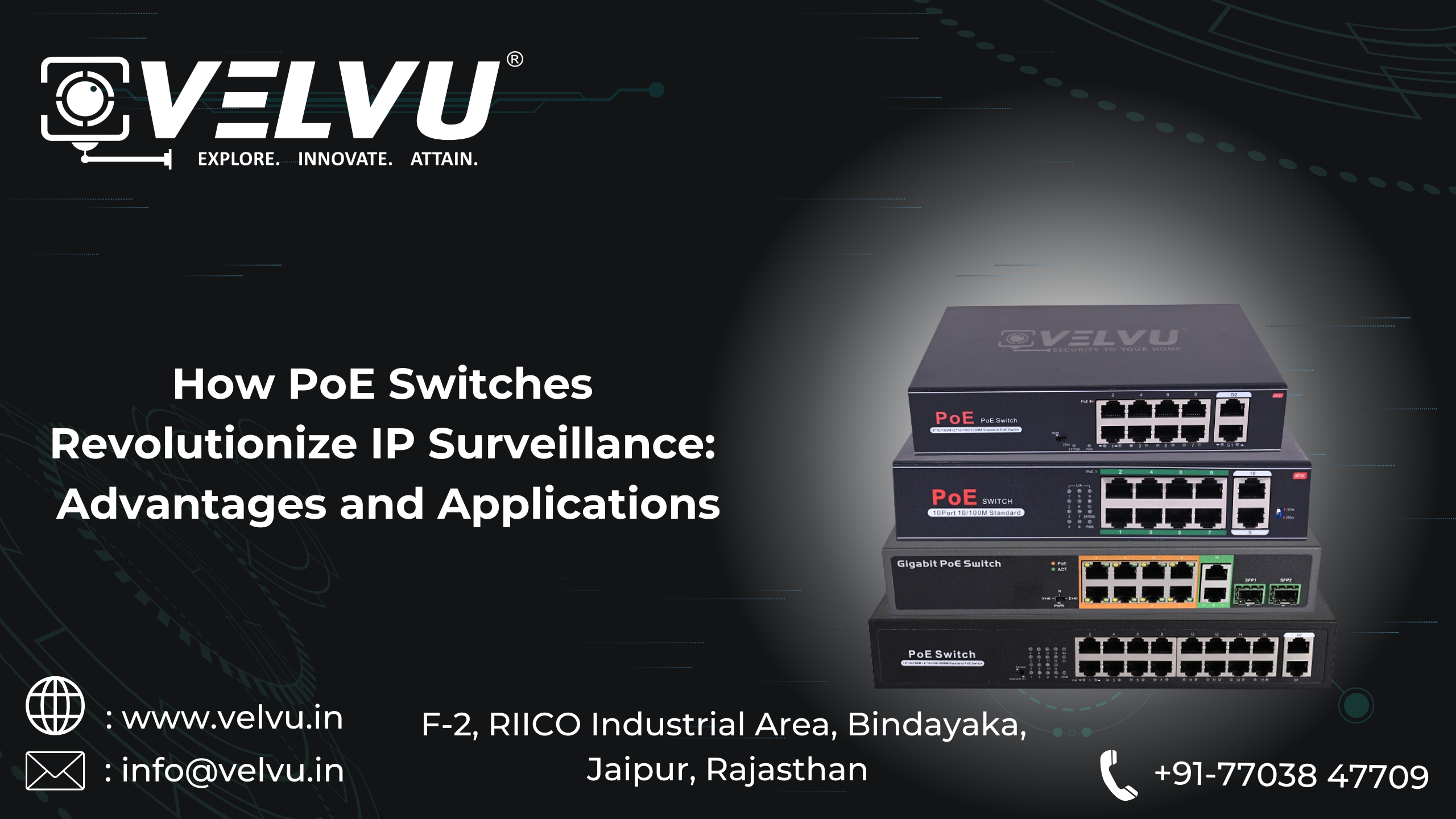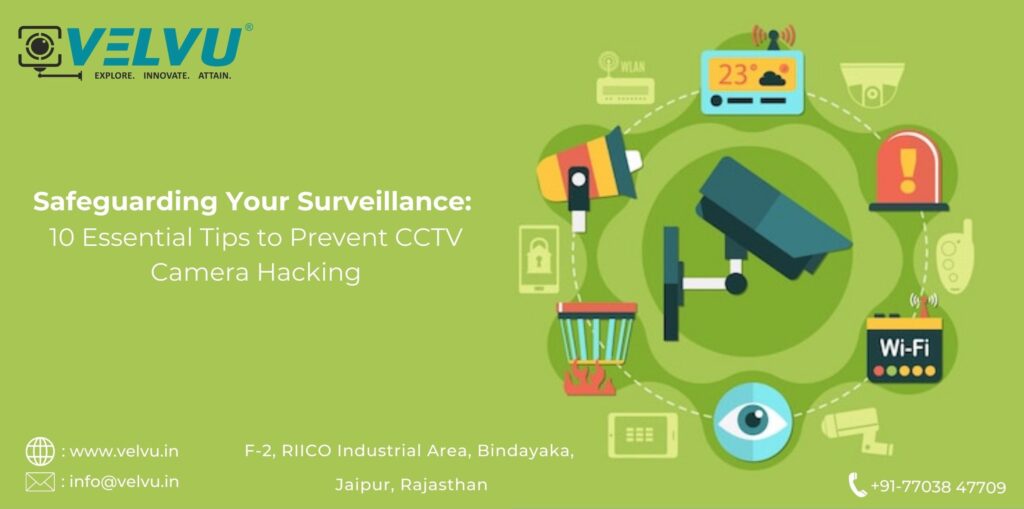Introduction:
In the realm of modern surveillance, the convergence of technology has paved the way for innovative solutions that enhance both security and efficiency. Power over Ethernet (PoE) switches have emerged as a game-changer in the field of IP (Internet Protocol) surveillance, offering a seamless integration of power and data transmission. In this blog, we delve into the world of PoE switches, exploring their advantages and diverse applications in revolutionizing IP surveillance systems.
1. Understanding PoE Switches:
Power over Ethernet (PoE) technology enables the simultaneous transmission of power and data over a single Ethernet cable, eliminating the need for separate power sources. PoE switches play a pivotal role in this technology by delivering power to various devices, such as IP cameras, access points, and intercoms, while also facilitating data communication.
2. Advantages of PoE Switches in IP Surveillance:
a. Simplified Installation and Reduced Costs:
Traditional surveillance setups often involve complex wiring and separate power sources for each device, leading to increased installation costs and maintenance efforts. PoE switches streamline the process by centralizing power distribution, resulting in simplified installations and significant cost savings.
b. Flexibility and Scalability:
PoE switches offer flexibility in camera placement since they can be installed in locations where power outlets might be scarce. Additionally, as your surveillance system grows, PoE switches can be easily scaled to accommodate new devices without the need for extensive rewiring.
c. Enhanced Reliability and Remote Management:
Centralized power distribution through PoE switches enhances the reliability of IP surveillance systems. Furthermore, these switches often come with advanced management features, allowing remote monitoring, configuration, and troubleshooting, which saves time and resources.
d. Improved Energy Efficiency:
PoE switches optimize energy consumption by delivering power only when and where it is needed. They can also automatically detect when a device is disconnected and adjust power accordingly, contributing to a more sustainable surveillance solution.
3. Applications of PoE Switches in IP Surveillance:
a. Security Cameras and Video Analytics:
IP cameras, a cornerstone of modern surveillance, greatly benefit from PoE switches. The switches not only provide power to the cameras but also support advanced features like video analytics, which enhance security by detecting and alerting to unusual activities.
b. Access Control Systems:
PoE switches are essential for powering access control devices such as card readers, intercoms, and electronic locks. These devices can be strategically placed at entry points and integrated seamlessly into the surveillance network.
c. Audio and Communication Devices:
Incorporating two-way audio communication enhances the functionality of surveillance systems. PoE switches power to intercoms and audio devices, enabling real-time communication between surveillance personnel and individuals in the monitored area.
d. Lighting and Environmental Sensors:
Beyond cameras and access control, PoE switches can power lighting solutions and environmental sensors. This integration contributes to comprehensive security and allows the gathering of data for improved situational awareness.
Conclusion:
As technology continues to reshape the landscape of security solutions, PoE switches stand out as a pivotal innovation that has revolutionized IP surveillance. Their ability to combine power and data transmission on a single cable streamlines installations, reduces costs, and enhances the reliability and flexibility of surveillance systems. From security cameras to access control devices, PoE switches play a crucial role in creating integrated, efficient, and effective surveillance solutions that cater to the evolving needs of modern businesses and organizations.








